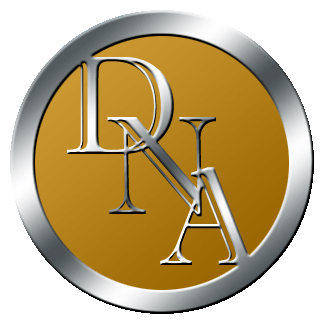(responding to a post) Stimulating conversation - before I start let me premise this loose collection of thoughts with the old saying ‘Application without Theory is blind, Theory without Application is sterile.’ So instead of the three areas (management practices, products, processes) discussed in this thread, are we talking about Theory, Methods, and Tools? Each with distinct requirements and conditions for usefulness.
Are tools the “go do’s” of the method, and method is the “go do’s” of the theory? If one learns the use of a tool, a task is accomplished. If one learns the method, then more options become available to accomplish the task. If one understands the Theory, the selection of methods and tools becomes vast.
Through the years western management has assumed the role of Judge. Making a choice without understanding the implications and ramifications of multiple options or without intimate knowledge about the processes for which they are responsible. One of the advantages management sees in the tools of improvement is the ability to delegate and relegate the use of the tools without the effort of understanding the process or the tool. I don’t blame them, learning the Theory and Method behind tools is hard work. It is much easier to choose between options.
Attending a class (Lean, Six Sigma, etc) only exposes people to the tools, with a smattering of method, with very little (if any) theory. Conclusions drawn about the method and theory, solely based on exposure to the tools might lead to erroneous assumptions.
In the case of Lean at Boeing, the Shingijutsu consultants teach a few courses of a specific tool to the workforce, and the internal Boeing staff takes over that task. During the Boeing 'events' the Shingijustu consultant also train management, primarily in the evenings. What exactly are they talking about in the evenings? NOT the use of the tools! My guess is the method and methodology, with only a passing reference to the tools. What they do have is a two pronged approach, with specific messages geared to different levels of the organization.
Sounds like many of us have watched a multitude of improvement programs grow and flash out in an amazing flare – TQM/CQI/WCC, Six Sigma, Re-engineering, Baldrige, etc.. It is safe to assume the life cycle of any program is: introduction of a method with lots of fanfare, loosing the focus on methods while codification or toolization (I create my own words at will) of that method, corruption by over simplification and charlatans, then relegation to oblivion.
I am reminded of the story Richard Lafauve told about the creation of Saturn in the 80s (I was in the auto industry at the time, so I heard lots of stories from people who wanted to work at Saturn). GM and the UAW both recognized a new type are automobile company was needed. Both groups went out to ‘bench mark’ or look at how other successful automobile companies operated. Both came back with ‘THE ANSWER.’ One was automation, the other was something equally incorrect (I believe it was ‘Just-In-Time’ as Lean was called at the time). After reviewing the findings, both group decided to try it again. Producing similar results – they missed the target for ‘THE ANSWER.’ After three attempts, both groups finally came to the conclusion that ‘THE ANSWER’ was ‘PEOPLE!’ Then they created a company that treated people well. In my term they created a ‘humane system of management.’
